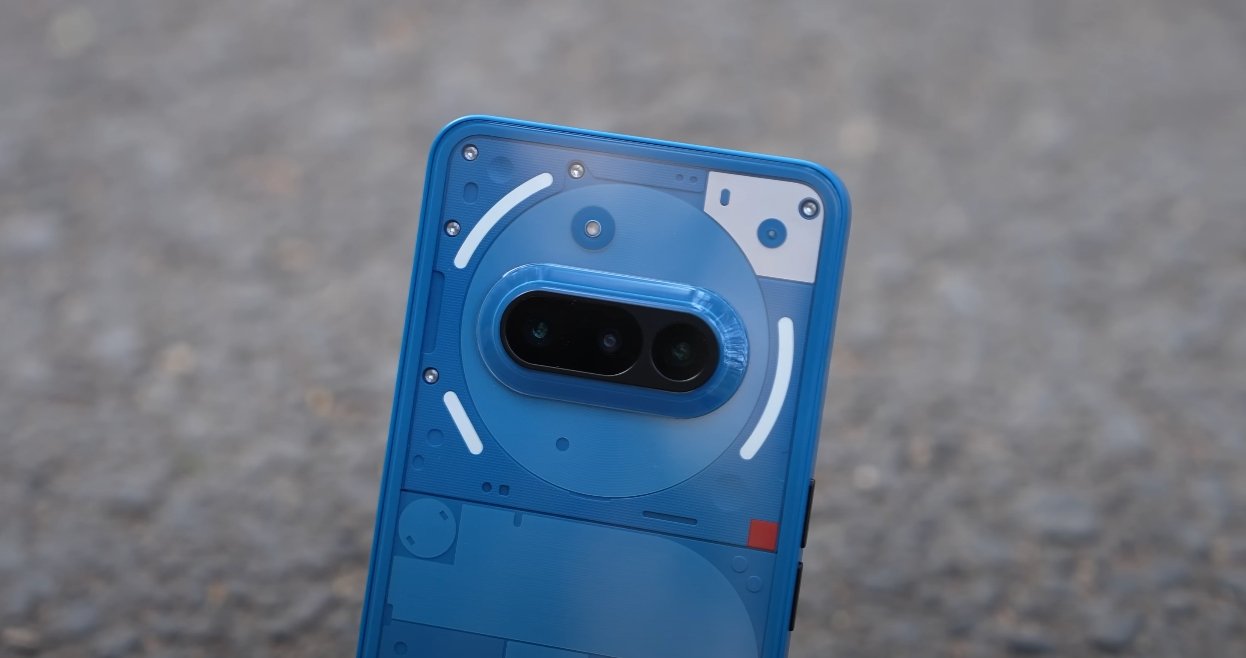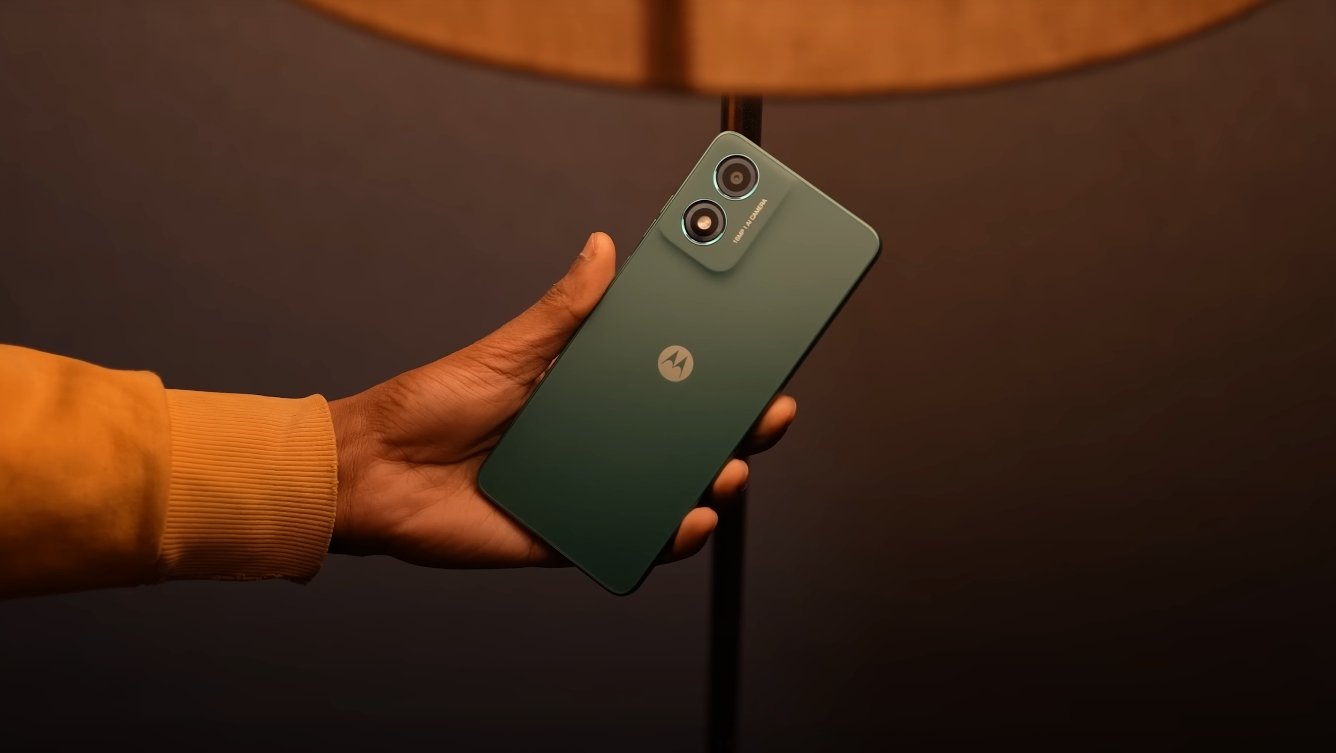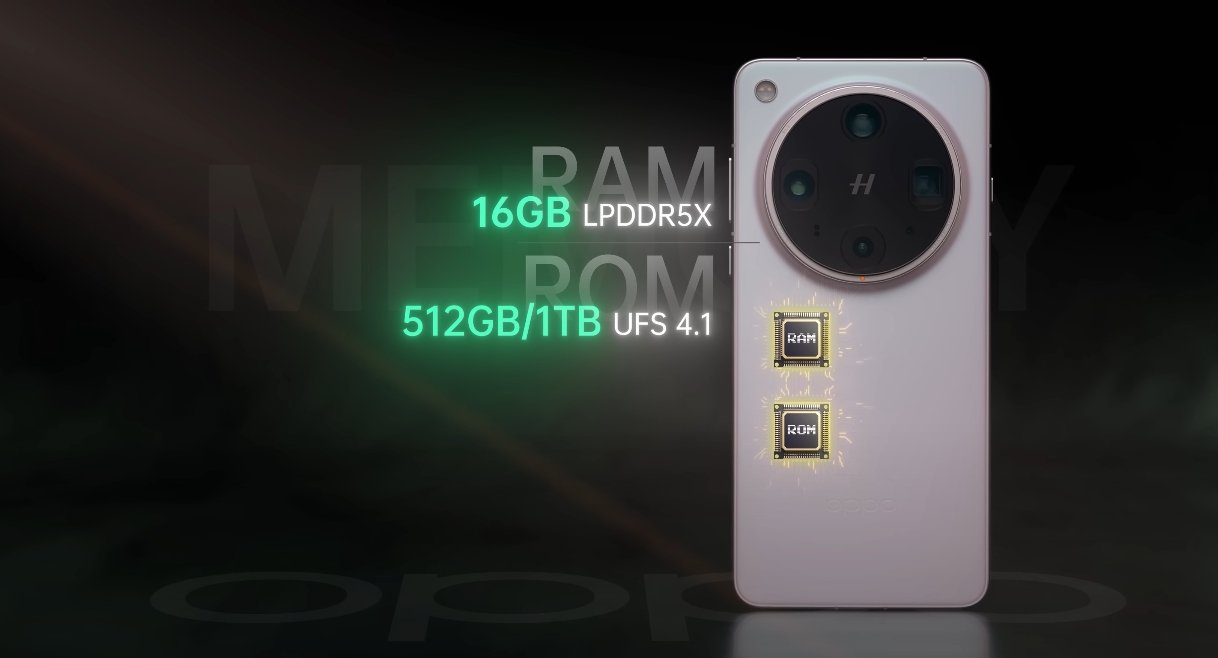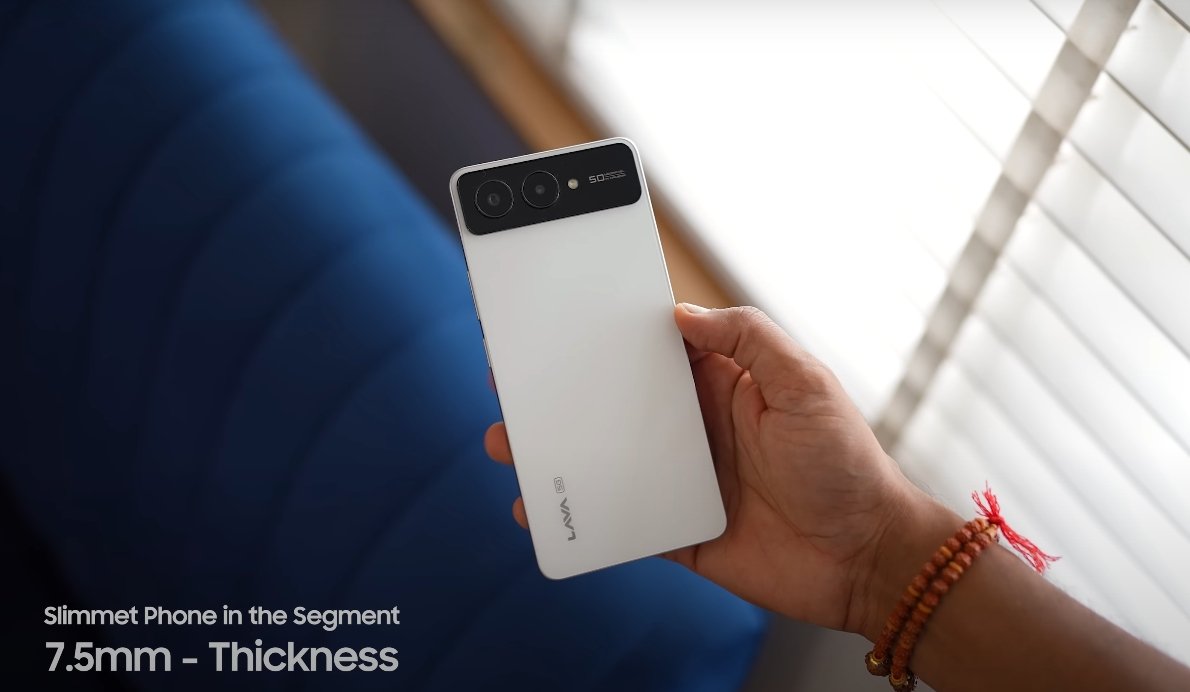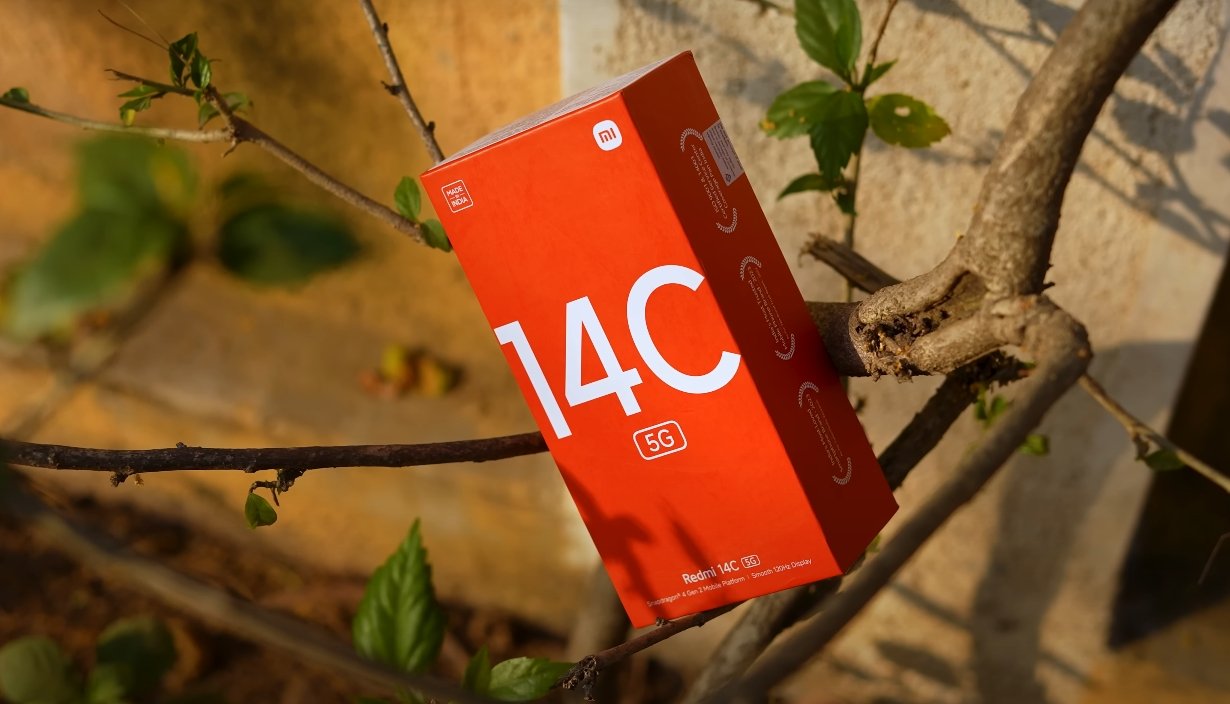Comparing the Honor X9d 5G and Google Pixel 8a for Australian Consumers
As the smartphone market continues to expand in Australia, buyers are faced with an increasing number of choices in the mid-range segment. Two devices that have recently captured consumer attention are the Honor X9d 5G and the Google Pixel 8a. Both offer modern designs, strong performance, and 5G support, but they cater to different types of users. This comparison explores how these two smartphones stack up against each other in design, performance, camera quality, battery life, software experience, and suitability for Australian conditions.
When it comes to design and build quality, the Honor X9d 5G is built for durability, while the Pixel 8a focuses on elegance and comfort. The X9d features a 6.79-inch AMOLED display with a 120Hz refresh rate, providing a large viewing area ideal for gaming and media consumption. It is also IP69K, IP68, and IP66 rated, offering protection against water, dust, and impact. Its rugged frame makes it appealing to users who spend time outdoors or work in demanding environments. The Pixel 8a, by contrast, has a smaller 6.1-inch OLED display with a compact form factor that fits comfortably in one hand. It carries an IP67 rating for water and dust resistance and has a sleek design suited for daily use and portability.
Performance-wise, both smartphones deliver smooth operation, but they take different approaches. The Honor X9d 5G is powered by Qualcomm’s Snapdragon 6 Gen 4 chipset, paired with up to 12GB of RAM and 512GB of storage in some variants. This setup provides solid multitasking power and responsiveness for everyday tasks, gaming, and productivity. The Pixel 8a, meanwhile, uses Google’s Tensor G3 processor, which integrates advanced AI and machine learning capabilities. Though it comes with slightly less RAM at 8GB, the Tensor G3 enhances efficiency, on-device security, and camera processing through its AI-driven features. The Honor X9d emphasizes endurance and raw performance, while the Pixel 8a focuses on software intelligence and optimization.
Camera performance is another key factor for Australian buyers. The Honor X9d offers a 108MP main sensor with optical image stabilization, a 5MP ultra-wide lens, and a 16MP front camera. This combination caters to users who want high-resolution photography, especially for outdoor and landscape shots. The Pixel 8a, however, continues Google’s legacy of exceptional camera software. It features a 64MP main sensor and a 13MP ultra-wide camera on the rear, along with a 13MP front-facing camera. Google’s computational photography features — such as Night Sight, Best Take, and Magic Editor — allow the Pixel 8a to produce detailed, color-accurate images in varied lighting conditions. While the Honor X9d offers more megapixels, the Pixel 8a’s AI-driven image processing delivers superior consistency and dynamic range.
Battery life and charging speed are areas where the Honor X9d clearly stands out. Its massive 8,300mAh battery supports 66W fast charging, allowing users to power up quickly and enjoy extended use without worrying about frequent recharging. This makes it an excellent option for travelers, outdoor workers, or users who spend long hours away from chargers. In comparison, the Pixel 8a comes with a 4,492mAh battery that supports both wired and wireless charging. Although smaller in capacity, Google’s software optimization ensures reliable all-day endurance under typical use. Still, for sheer battery capacity and longevity, the Honor X9d remains the stronger performer.
In terms of software and updates, the Pixel 8a takes a decisive lead. It ships with Android 14 and benefits from Google’s promise of seven years of OS, security, and feature updates. This ensures a longer software lifespan, making it an excellent investment for users who plan to keep their devices for several years. The Honor X9d runs Android 15 with MagicOS 9.0, offering a visually appealing and smooth user experience. However, its update policy may vary by region and is not as long-term as Google’s commitment. For buyers who value consistent updates and the latest features, the Pixel 8a provides greater assurance.
When comparing network compatibility and local suitability, both phones perform well in Australia. The Honor X9d supports major 5G bands such as n1, n3, n7, n8, n28, n41, n77, and n78, ensuring stable connectivity across major carriers like Telstra, Optus, and Vodafone. The Pixel 8a offers similar compatibility and includes Australian-specific support features, along with stronger local warranty and after-sales service through Google’s official channels. This gives the Pixel 8a a slight edge for users who prioritize customer support and local service reliability.
Ultimately, the decision between the Honor X9d and the Pixel 8a depends on the user’s priorities. The Honor X9d excels in durability, battery capacity, and hardware strength, making it ideal for users who value endurance and rugged design. On the other hand, the Pixel 8a offers superior software integration, long-term updates, and exceptional camera performance, catering to those who want a compact, efficient, and polished everyday phone.
In conclusion, for Australian consumers seeking a smartphone that balances power, design, and practicality, both the Honor X9d 5G and the Google Pixel 8a are strong contenders. The X9d appeals to those needing durability and extended battery life, while the Pixel 8a suits users who value refined software, reliable performance, and long-term support. Each device has clear advantages, but the choice ultimately depends on whether durability or digital intelligence matters most to the buyer.
Also Read: Honor X9d camera test results impress Australia users
